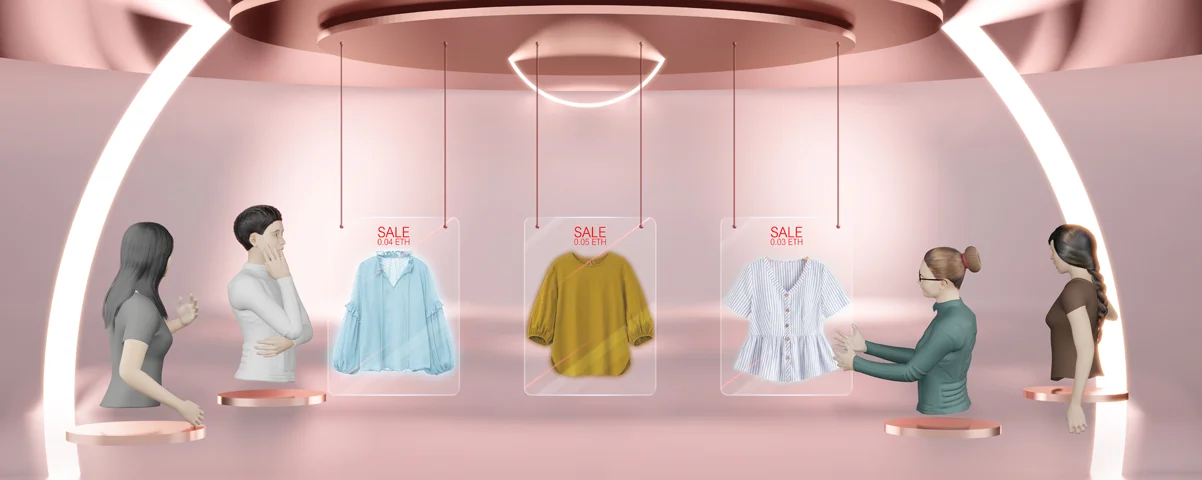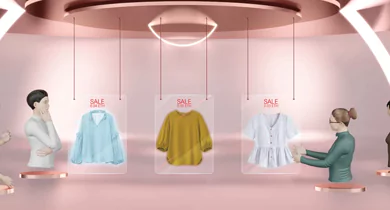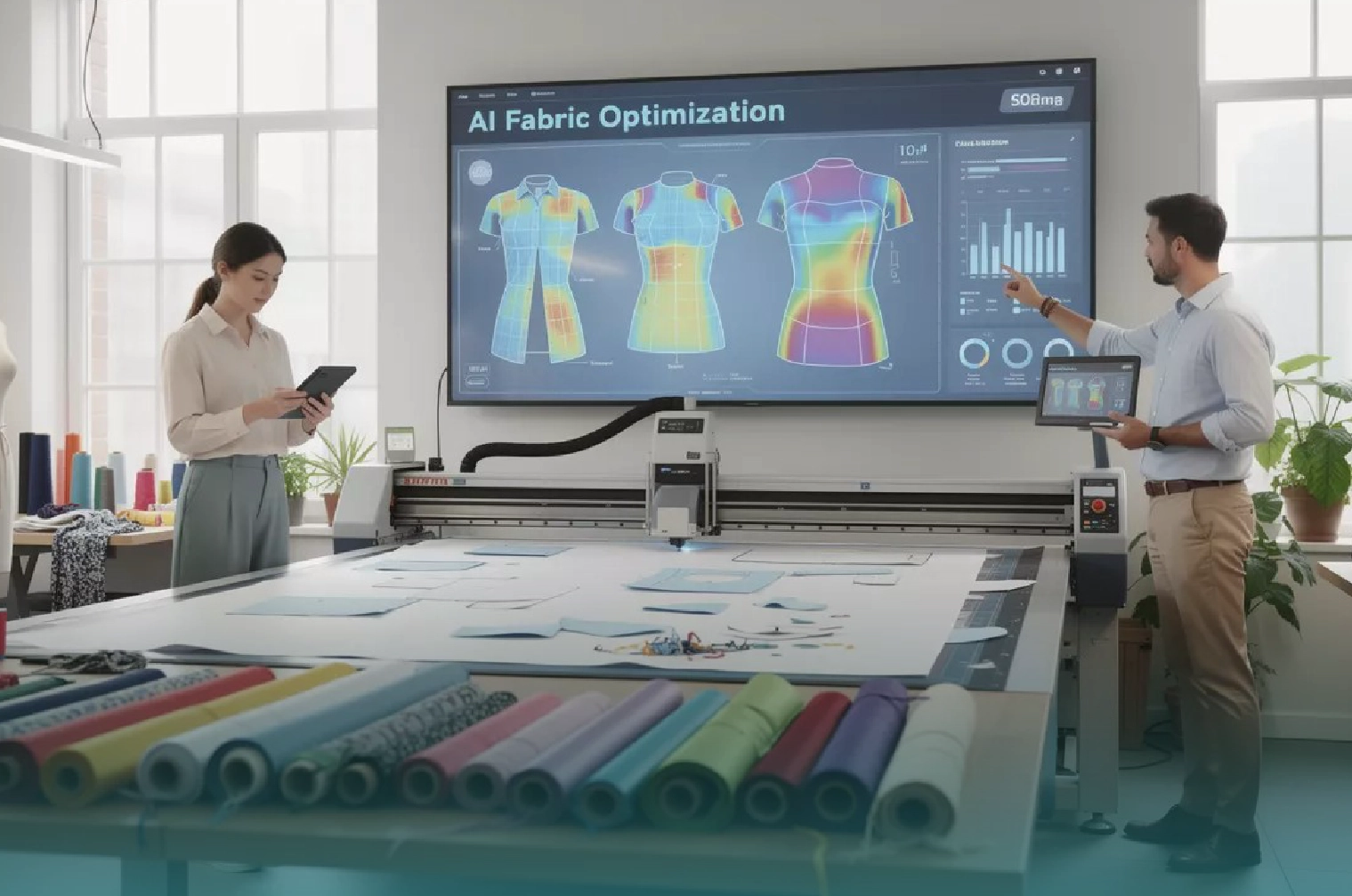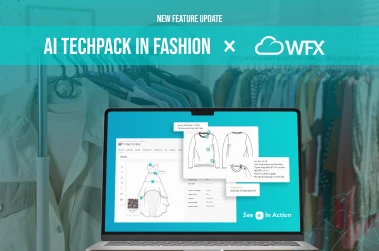In today’s world, many fashion companies are choosing to market their products entirely digitally. While e-commerce, social commerce, live shopping, and other developments have long made it easy for brands and retailers to reach customers digitally, the most recent advancement is the ‘immersive virtual showroom’—that’s luring eyeballs and sales for fashion brands.
A digital or virtual showroom is a platform that lets you display and sell products, as well as engage your customers online.
Virtual Showrooms have become a popular way for fashion brands and manufacturers to replace physical showrooms with digital ones. In a way, virtual showrooms are the best of both worlds. They allow customers to view your collection, experience your vision, discuss design iterations, place orders within the platform AND you don’t have to pay for a physical location or manpower to make it happen.
You might have heard about 3D virtual showrooms that use AR/VR technologies to create physical spaces in a digital environment (just like in video games). These showrooms are meant to engage customers through an immersive experience. Well, now it’s time to bring this level of sophisticated technological innovation to the B2B space.
To read more about how virtual showrooms are revolutionizing the world of B2B sales, check out this article!
While the pandemic crippled the sales of many fashion brands, they at least had a fallback option with robust digital shopping infrastructures that compensated for the fall in physical sales.
While ecommerce allowed consumers to keep shopping from their favorite fashion brands, things were not so easy for B2B brands and manufacturers, who make these clothes. As the world switches to hybrid mode, it’s important to create effective virtual B2B sales channels for the fashion industry.







































